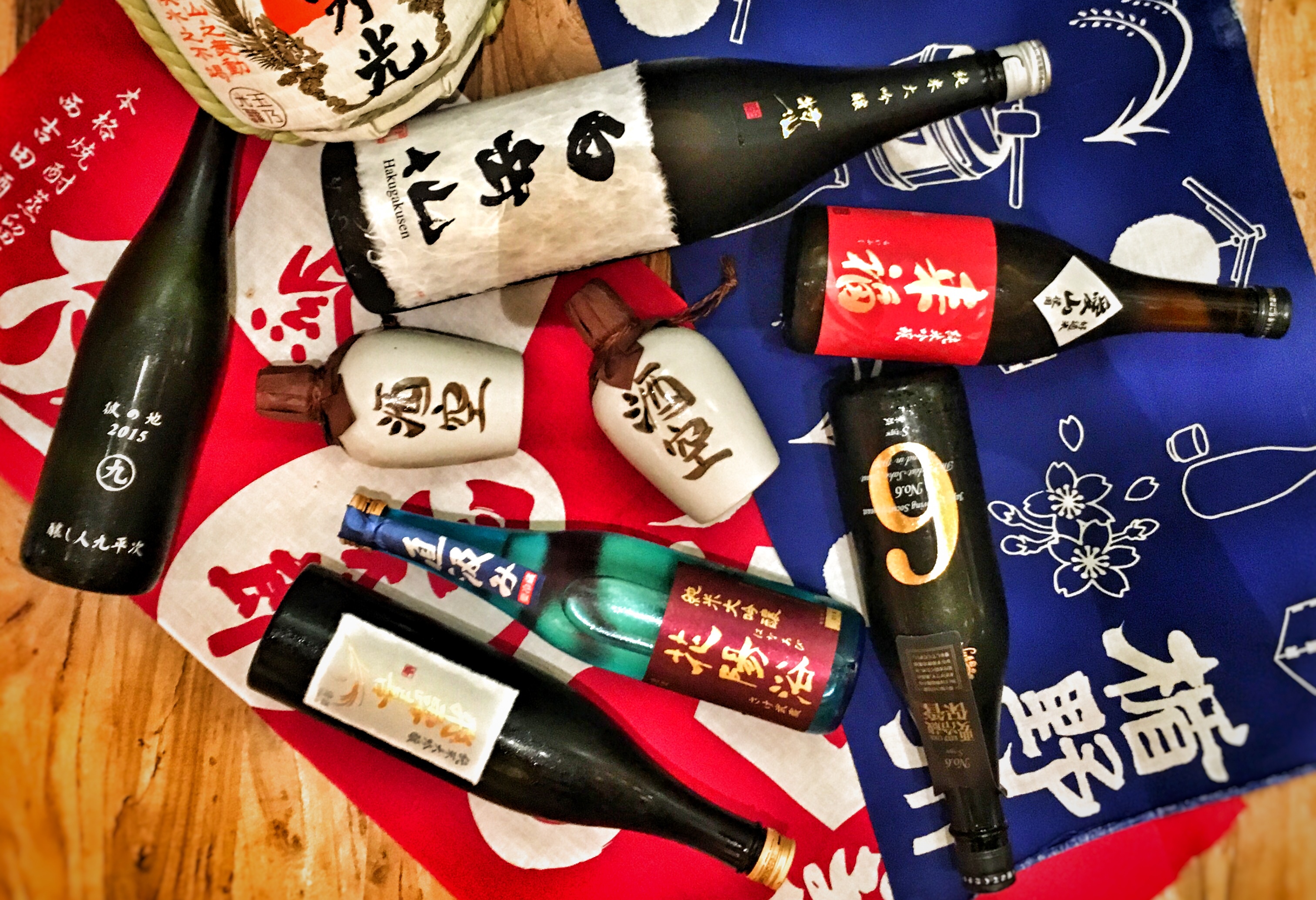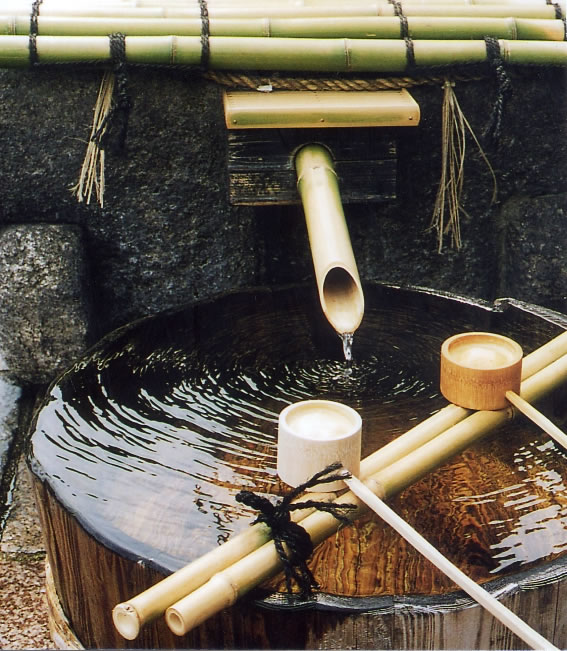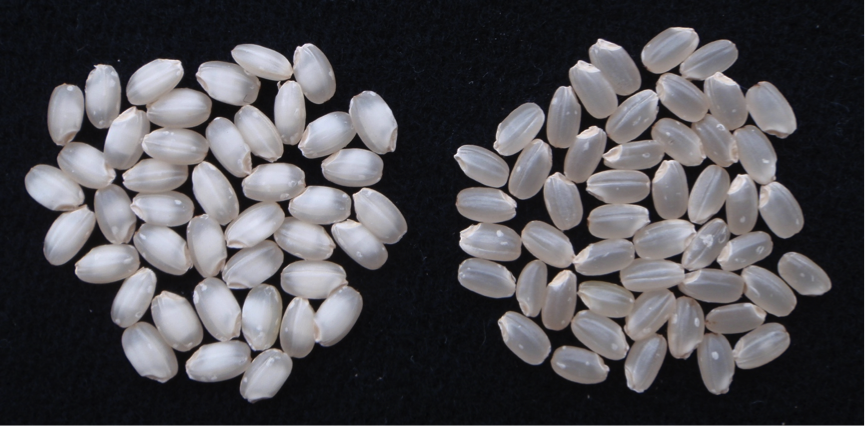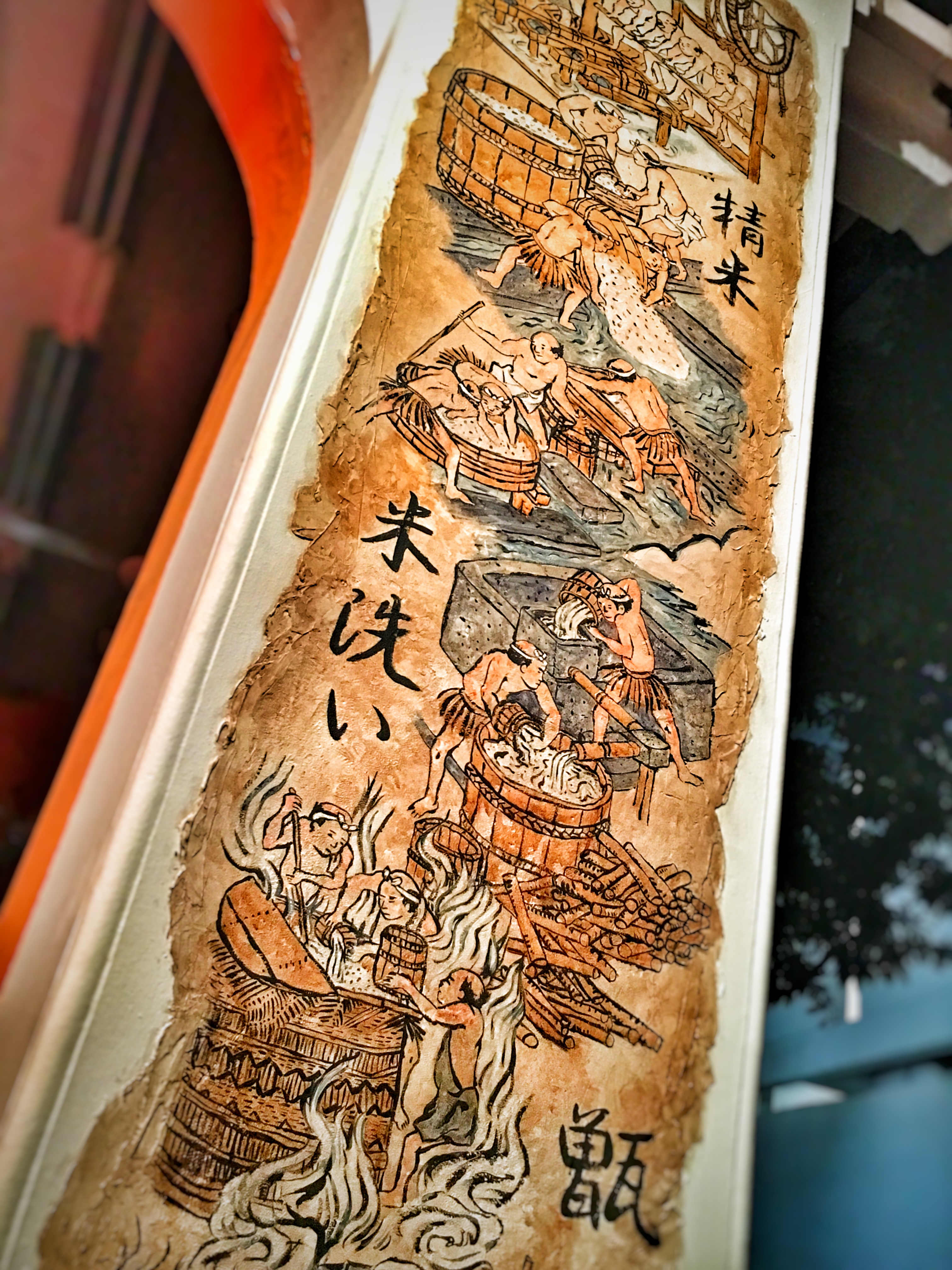 Dear cultured reveller, I’m Luis from Shukuu Izakaya. The world has come to love Japanese beers, and by storm, whiskies. So when Sakes are mentioned, I would like to know what comes to your mind?
Dear cultured reveller, I’m Luis from Shukuu Izakaya. The world has come to love Japanese beers, and by storm, whiskies. So when Sakes are mentioned, I would like to know what comes to your mind?
As a Sake Sommelier and Singaporean, I too shared the same ideas. You may then wonder why have I chosen such a path? The reason why I’m penning the article is because I had a life changing moment with Sake, six years ago, that has led me on this endless journey. Well, you could in fact point out that my bar is one more testament of my love for this drink.
So friends, if you have decried the lack of new experiences this life has to offer, try something traditional yet novel for your tastebuds. Let me talk Sake to you.
Let Shukuu Izakaya give you 5 reasons to take that sip of faith!
In true Japanese ethos, Sake brewers constantly look to produce their proudest work using the best ingredients the land can offer.
The resulting qualities such as taste, fragrance, and sensations are the alchemical results of:
i. Water
Japan is a land of mythic scenery and home to some of the world’s most pristine water sources. Like a good legend, the melting snow from majestic mountains, produces water with the right balance of benevolent minerals.
 Photo credit: http://www.gekkeikan.co.jp/english/kyotofushimi/water.html
Photo credit: http://www.gekkeikan.co.jp/english/kyotofushimi/water.html
There is a reason why, throughout Japanese history, the best water sources have been reserved for Sake making. The same waters also used to brew the award winning whiskies you covet! But Sake is central to Japanese culture and water is vital for its making!
It determines the body and texture of the drink; is crucial to most of the brewing steps, and makes up around 80% of the final product you drink. Legends also say this is why you don’t get hangovers from drinking Sake...
ii. Rice
Currently, there are approximately 100 varieties of Sake rice (酒米, pronounced Sakamai) grown in Japan and these are generally grouped into 9 different types depending on the region as well as the flavours and textures in the resulting sake.
Sake rice is a special strain; it differs from table rice because it has a lot of starch at the centre of the grain and has less protein and fats (lipids). Additional qualities that make it ideal for Sake are its larger grain size and ease of water absorption, which aids the fermentation process.
To paint a thousand words I found a picture. The rice grains on the left is rice used for Sake, and the one on the right is your table rice.
 Photo credits: http://www.pref.nara.jp/31006.htm
Photo credits: http://www.pref.nara.jp/31006.htm
The visible difference some of you may have picked up is the white, almost luminescent core, due to the higher starch content and minute airspace - conducive for Koji to grow in! Both combinations are favourable for a beautiful end product.
During fermentation, about 55% of the protein in rice gets broken down and converted into nitrogen compounds, of which around 45% are amino acids. The basic building blocks of protein, which plays a crucial role in our body’s functions. Amino acids also play a part in your tasting pleasure, and of course I’ll revisit this on a later point.
iii. Yeast
Special strains are coveted or grown secretly and locally by various brewers, underlining its importance. All yeasts perform the essential function of fermentation, and it also affects Sake flavor and aroma.
Most of my patrons do prefer bold, fruity styles of Sake as a first glass of an evening. Premium ingredients alone do not make exquisite Sake. It is the skill of the brewer, and for yeast, temperature control during fermentation is of paramount importance! This is a secret of my Izakaya; finding the gems produced by such hidden breweries!
Now these are the three most essential components to a Sake. Depending on technique, and styles, there are other ingredients that play a part in your drinking pleasure. I’ll also get to those.

I did warn you my love for Sake has led me to research a lot about the drink, and among the treasure trove of timelessness are the stories behind each brewery. You may have known it’s a traditional drink, you may also have heard they are produced by small family owned breweries spanning generations.
From a country so rich in history, the tradition and dedication of the breweries make drinking Sake almost like "Drinking Japanese culture." That is why Shukuu makes it a point to share hidden gems we uncover from small breweries.
I talked about how premium ingredients are used for Sakes, but I want to sincerely mention my admiration for the brewmaster’s endless pursuit of perfection. Generation to generation. For a Sake is more than the cultivar of rice, or yeast used. Much of its exquisiteness comes from the skills of the brewmaster and workers with attention to detail.
If you know the lengths they go through, wouldn't you want to have some Sake yourself? I can definitely tell you that as your appreciation of Sake increases, so too will your curiosities.
“Nihonshu wa ryori wo erabanai”. Is a Japanese proverb that says, ‘Sake doesn’t get into fights with food.’
Whilst fine French wines have found its way into Asian cuisines, I get bemused looks when I tell people that I carry Sakes labels that are found in Michelin starred restaurants in France! Why would those renowned institutions want a taste of the East?
For a technical example; Sake is near perfect with vinegar-laden or soy-tinged food because of its lower acidity than wine. On the flip side, wine doesn’t pair with those foods.
The science behind the answer is that Sake has 20 amino acids, more than the 16 of red wine. The high amino acid content of Sake is what makes it so well suited to food, as it heightens the umami, enhances taste and emphasises rich savoury elements found in Izakayas like ours. This exquisite pairing is another secret of Shukuu’s.
Sake is considered to be one of the healthiest beverages in the world and we’ll list the most prominent reasons why.
i. A crisp drink
Sake is mostly rice, water, and yeast. So if you’re unable to take the preservatives (sulphites) in wine, pasteurized Sake can be your (good) poison! One of the reasons Sake is easy to drink, is its low acidity, about a third compared to wines. This is a boon for people with acid reflux.
Legends also say that Sakes don’t cause hangovers. For the record, all excessive consumption of alcohol will. But there may be a kernel of truth to that; scientifically because 80% of Sake is benevolent water, you don’t ‘feel it as much’ the next day.
Just to put it out there, Sake is gluten free.
ii. Lower calorie count
While true that Sake has higher alcoholic percentage among other peers; using the same 20 mg alcohol content and corresponding volumes of beer… Sakes are friendlier on your waste.
Beer: 203 Calories
Sake: 187 Calories
iii. Good for the skin
You’ve now read that Sake is enriched with more than 20 amino acids. These building blocks for your body also perform essential functions for your skin. Alpha glucosyl glycerol and alanine found in Sake promotes the collagen production. Coupled with the yeasts used, it hydrates and firms your skin.
5. Brewed like beer, as elegant as wine, easy to drink
We talked about the ingredients that go into Sake. Here we taste the brewer's craft and skill, where again Japanese attention to detail shines. The result is a regal alcohol with smoothness that assuages the palate and glides down your throat.
My last reason for drinking Sake, is the fact that it’s easy to enjoy. It has a pleasant taste that is not overpowering and there are different rice flavours that you are sure to find a few favourites. It is perfect with food, or just sipping on their own and it works amazingly in cocktails too. The drink can be consumed chilled, at room temperature or warm, and it is not as harsh as some other alcoholic beverages. Put simply, Sake tastes fantastic, and can be savoured in many different ways.
As an accompaniment to food, as a celebratory drink, or as a cultural journey. I’ve given you just 5 reasons to take your sip of faith. Please visit my Izakaya, so that we can introduce a Sake, just right for you!